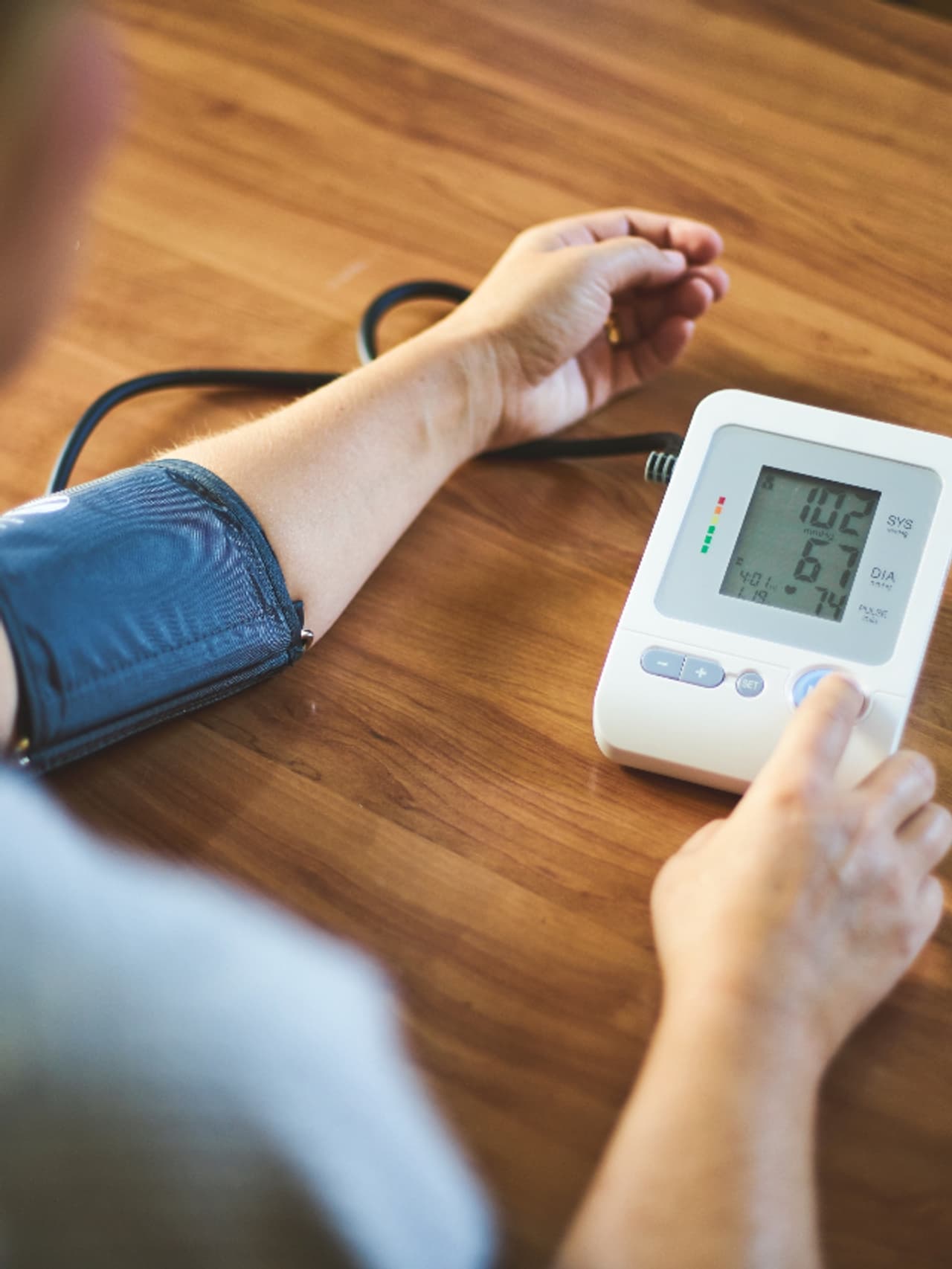Can hand mudras control high blood pressure? All you need to know
Discover how hand mudras for high blood pressure can help lower blood pressure and improve overall well-being.

Blood pressure
High blood pressure is a common problem that can lead to heart attack, stroke, dementia, and even death. It is often referred to as a silent killer because it causes an abnormally high increase in arterial blood pressure. There are various reasons for high blood pressure. However, a sedentary lifestyle, high salt intake, obesity, age, genetic factors, lifestyle habits, smoking, and stress are common causes of blood pressure. High blood pressure causes many health problems when it goes undetected for a long time.

Medications
Although there are blood pressure medications, taking pills should not become a habit. You can manage your high blood pressure with the help of some yoga mudras. By using the natural practices of mudra yoga, you can take some steps to control your blood pressure and maintain your health. Do yoga mudras really help with high blood pressure? The results of some research studies show that yoga mudras reduce high blood pressure. Mudras in yoga are equivalent to relaxation therapy that reduces stress and anxiety. This can help high blood pressure patients reduce their risk of heart problems, chronic kidney disease, stroke, etc.
It has been scientifically proven that some mudras can be an excellent complementary therapy in keeping high blood pressure under control. A June 2020 study found that 15 minutes of Apana Vayu Mudra practice reduced high blood pressure in hypertensive patients. Another study published in 2016 suggested that hand mudras can be used in emergencies when medical services are not readily available. The resistance to blood flow in your arteries and the amount of blood your heart pumps are factors that affect blood pressure. Your blood pressure rises in direct proportion to how much blood your heart pumps and how small your arteries are. By reviewing your systolic and diastolic blood pressure values, a medical professional can diagnose high blood pressure and determine the best course of treatment for you.
Systolic pressure is the pressure exerted by the heart pumping blood through the arteries. It is the number written above. Diastolic pressure is the pressure in the arteries when the heart is at rest between beats. It is the number written below. Therefore, a combination of numbers above 120/80 is considered high blood pressure. Although there are many medications to control high blood pressure, long-term consumption can lead to side effects. How do mudras control high blood pressure levels? When we do mudras related to the heart, it creates relaxing effects in the muscles surrounding the small blood vessels. This results in the dilation of the narrowed blood arteries, which allows the blood to flow easily. Thus, doing mudra hand movements controls high blood pressure.
Mudras for high blood pressure
Certain subtle mudras are often used in yoga to direct the flow of energy through the body. These mudras are practiced in conjunction with meditation and pranayama. Specific areas of the hand are believed to be able to activate specific areas of the brain and heart. The body's energy pattern can be altered by sending a signal to the brain. This is accomplished by controlling the movement of prana vayus in the subtle body. Vyana Vayu is specifically responsible for regulating blood pressure in the arteries. Mudras like Vyana Vayu Mudra reduce high blood pressure by balancing the air and earth elements in the body. Accordingly, Apana Vayu Mudra, Surya Mudra, Vinayaka Mudra, Prana Mudra, and Prithvi Mudra are said to help lower blood pressure. However, it is best to consult a yoga expert before starting any yoga or mudra practice.